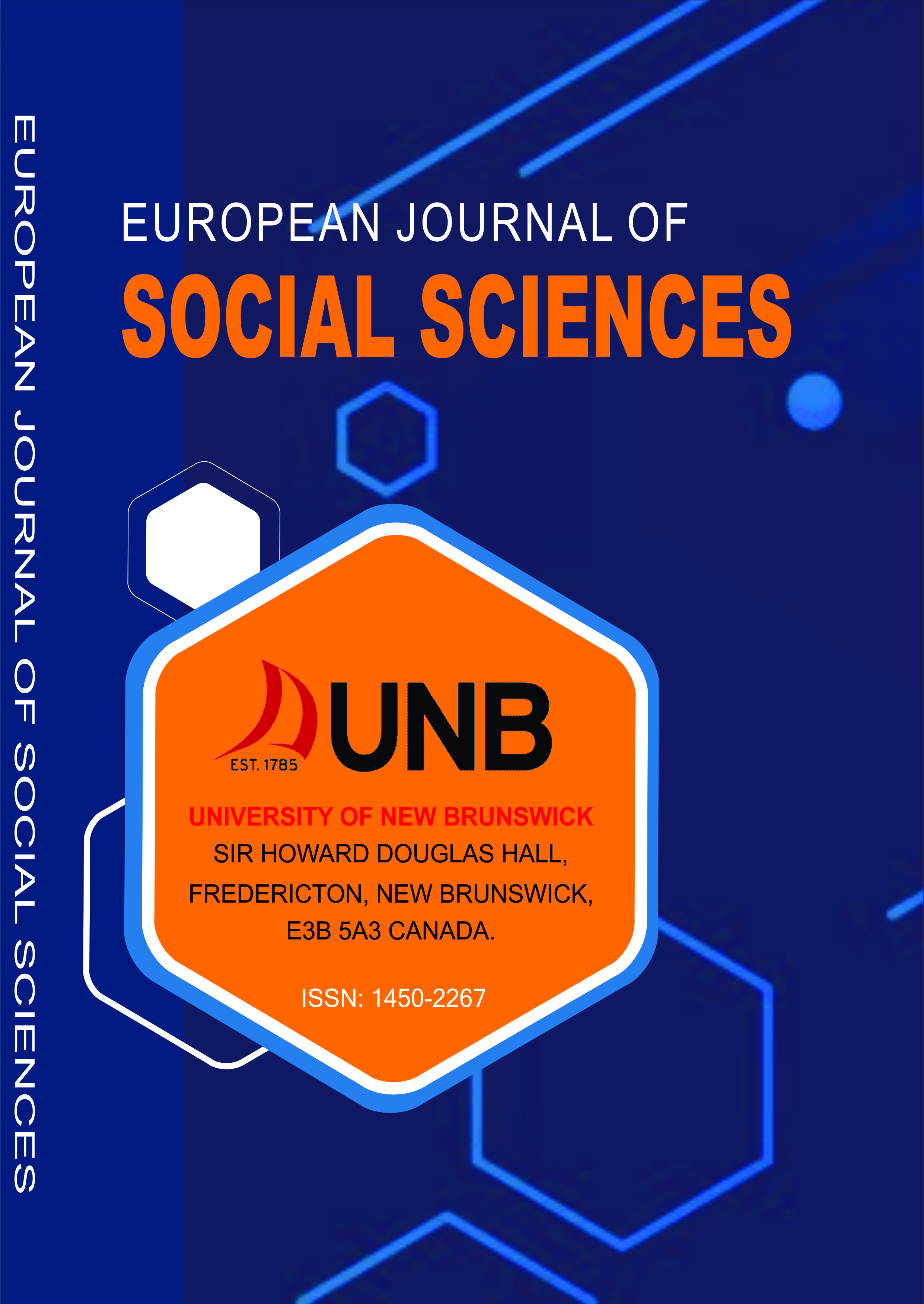EUROPEAN JOURNAL OF SOCIAL SCIENCES (EJSS)
Navigating the Nexus: Understanding Overweight and Obesity among Children with Autism Spectrum Disorder
E-ISSN: 4899-5667
P-ISSN: 1450-2267
DOI: https://iigdpublishers.com/journals/165
In recent decades, the global prevalence of Autism Spectrum Disorder (ASD) and childhood obesity has risen significantly, presenting challenges to public health. This study explores the intersection of these two phenomena, specifically the coexistence of overweight and obesity among children with ASD. While previous research has highlighted higher rates of obesity in children with ASD, emphasizing the role of behavioral factors, such as dietary habits and physical activity, this study aims to provide a comprehensive understanding of the relationship between ASD and weight-related issues. Utilizing data from Bai Jerbai Wadia Hospital for Children in Mumbai, the study focused on parents of children diagnosed with ASD and typically developing (TD) controls. Diagnosis and severity of ASD were determined using the Indian Scale for Identification of Autism (ISAA), with anthropometric measurements collected for both groups. The study employed bivariate and multivariate analyses to investigate associations between various factors and overweight/obese status. The findings reveal significant associations between a child's overweight/obese status and age group and gender. Children aged 2 to 5 years exhibited a lower risk of being overweight/obese compared to those over 5 years, emphasizing the importance of early interventions. Male children had a significantly lower likelihood of being overweight/obese compared to females. However, factors such as ASD, place of residence, parents' occupation, mothers' education, water supply, and toilet facility did not show statistically significant associations. Contrary to some prior studies, this research did not establish a significant association between ASD and overweight/obese status, highlighting the complexity of this relationship. Similarly, socio- economic factors such as place of residence, parents' occupation, and mothers' education did not emerge as significant predictors. The study's limitations, including sample size and specific population characteristics, underscore the need for further research to delve into the multifaceted nature of childhood obesity and develop tailored intervention strategies. In conclusion, this study contributes valuable insights into the intricate relationship between ASD and overweight/obesity in children. The significant associations observed highlight the need for nuanced and multifaceted approaches to address childhood obesity, while the non-significant associations prompt further exploration and emphasize the importance of contextualizing findings within specific population characteristics.
Teja Ravindra Lakhan PhD
Solmi M, Song M, Yon DK, Lee SW, Fombonne E, Kim MS, Park S, Lee MH, Hwang J, Keller R, Koyanagi A. (2022). Incidence, prevalence, and global burden of autism spectrum disorder from 1990 to 2019 across 204 countries. Molecular Psychiatry. Oct;27(10):4172-80.
Chauhan A, Sahu JK, Jaiswal N, Kumar K, Agarwal A, Kaur J, Singh S, Singh M. (2019). Prevalence of autism spectrum disorder in Indian children: A systematic review and meta-analysis. Neurology India. Jan 1;67 (1):100.
Curtin C, Anderson SE, Must A, Bandini L. (2010). The prevalence of obesity in children with autism: a secondary data analysis using nationally representative data from the National Survey of Children's Health. BMC pediatrics. Dec;10(1):1-5.
American Psychiatric Association.(2013). Arlington, VA: American Psychiatric Association. Diagnostic and Statistical Manual of Mental Disorders, Fifth Edition (DSM-5)[Google Scholar].
Vats P, Juneja M, Mishra D. (2018). Diagnostic accuracy of international epidemiology network (INCLEN) diagnostic tool for autism spectrum disorder (INDT-ASD) in comparison with diagnostic and statistical manual of mental disorders-5 (DSM-5).Indian Pediatrics. Jun;55:485-7.
